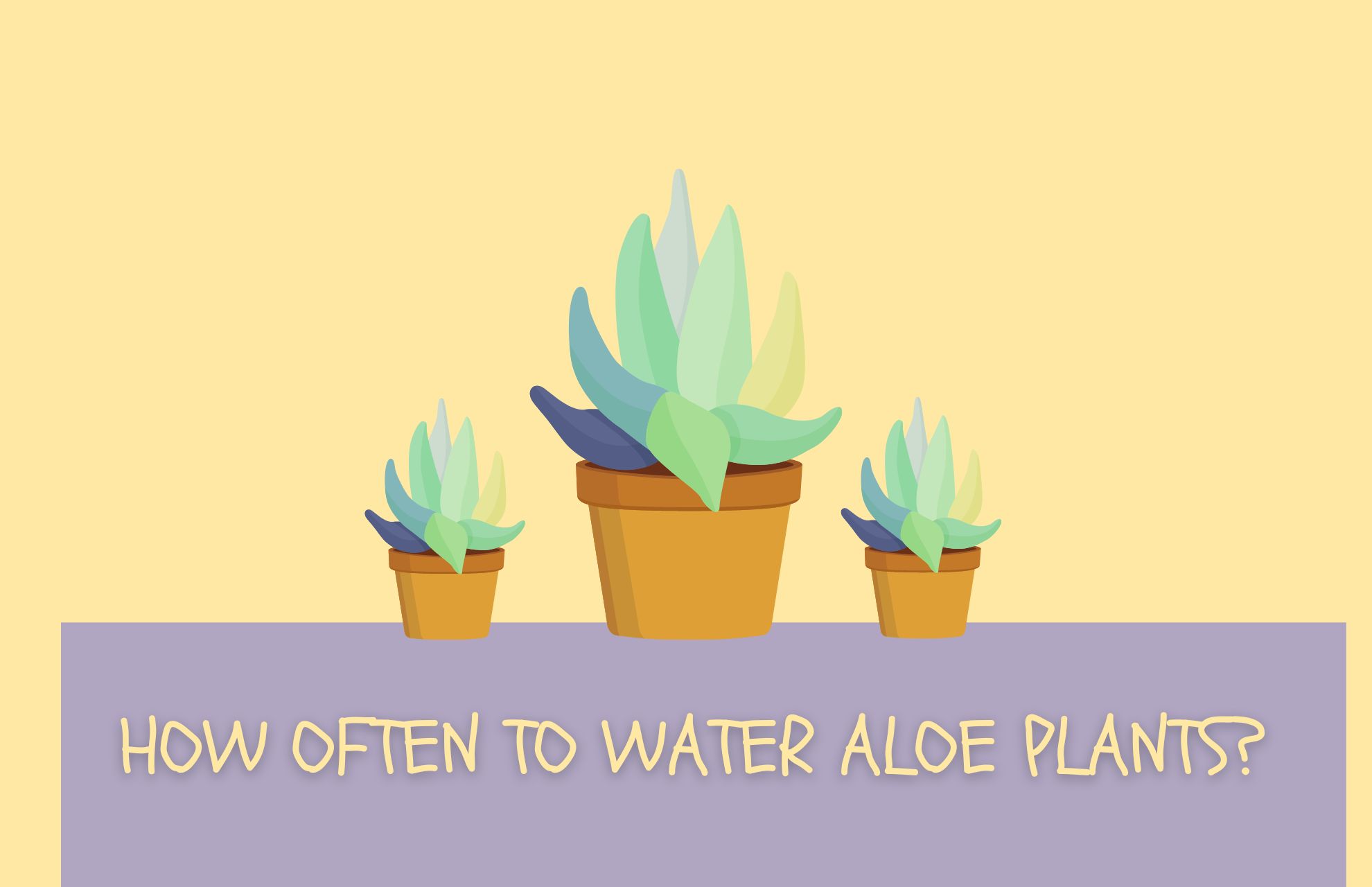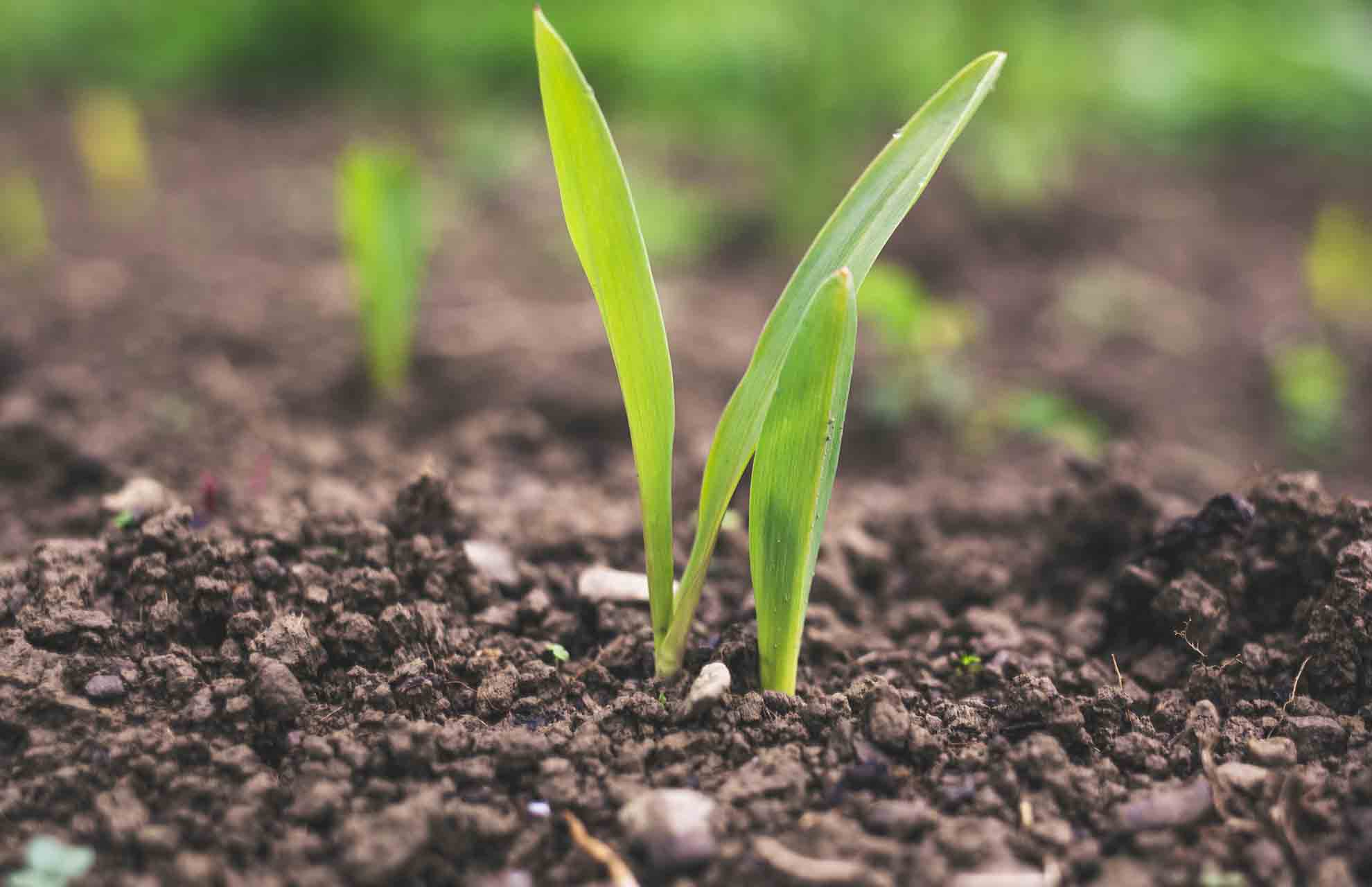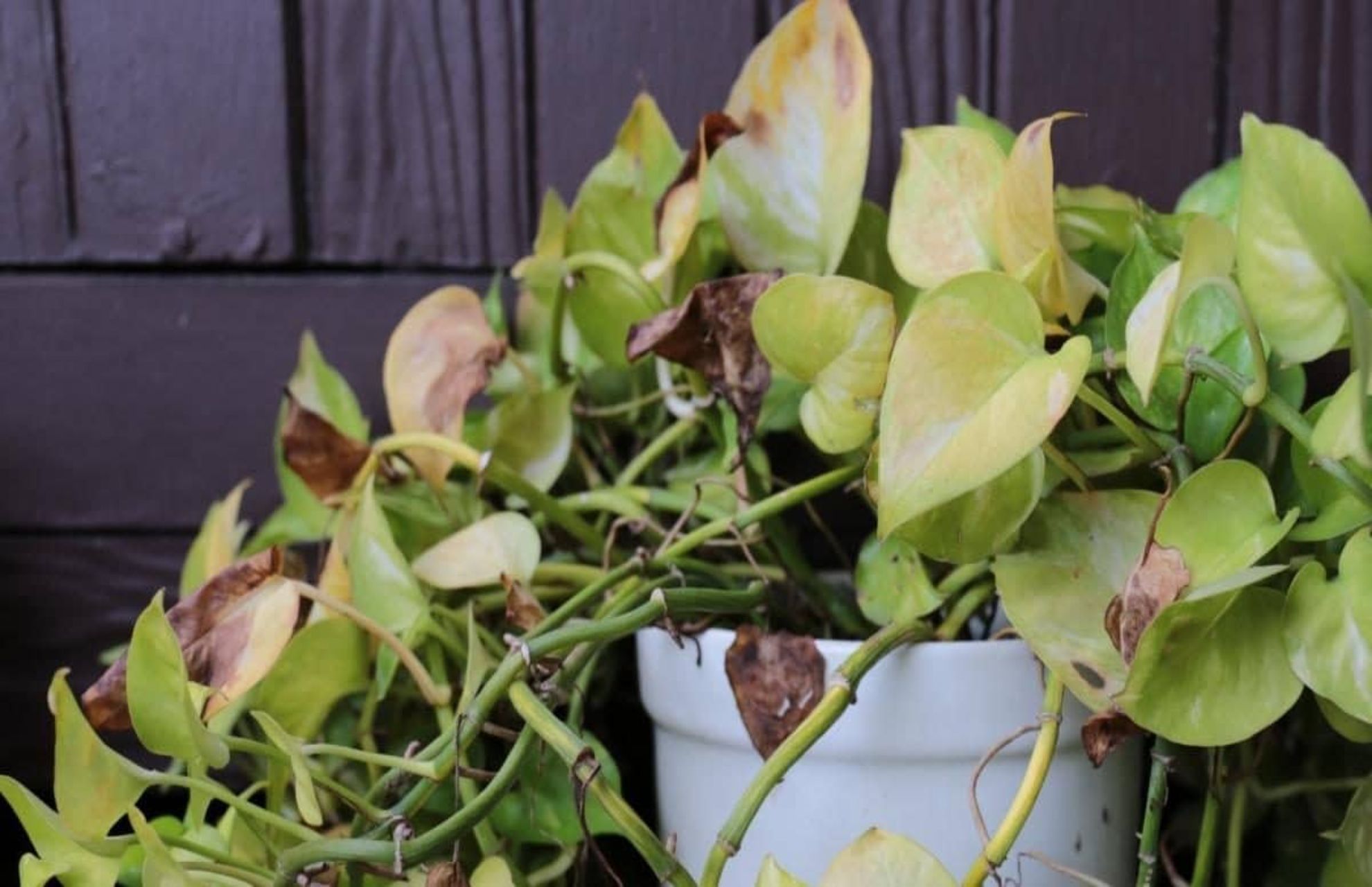If you’re unsure of how much water your aloe vera plant requires, you’ve come to the right place! We’ll briefly go over a recommended watering schedule and other crucial advice for taking care of your aloe plant.
Succulents, which are typically thought of as drought-tolerant plants, include aloe plants. Although they do require water, just like any other plant, what water requirements are there for aloe? When kept lightly moist, aloe succulents grow better and look their best.
There are some best practices you should adhere to when it comes to planting hydration even though it might not require as much water as other succulents. If that advice is unclear, continue reading for instructions on how to water an aloe.
How Often Should I Water My Aloe Plant?
The most frequently asked questions about aloe vera plants that we get have to do with the right watering schedules. Some people believe that these tiny plants need a lot of water because the leaves of the aloe plant contain a watery gel.
This is a typical misunderstanding, though. Despite their susceptibility to root rot, aloe vera plants actually prefer dry soil.
The risk of overwatering Aloe Vera plants is actually much greater than the risk of underwatering. The likelihood that the plant will wilt and ultimately die is high if the soil is saturated with water and the roots are constantly encircled by moisture.
The need for watering will depend on a variety of factors. No matter the growing environment, you should check on your aloe every week to see if more water is required.

Typically, you should water your Aloe once every 3 weeks, and less during the winter. You’ll need to perform a “finger test” to see if the soil is dry. If you choose to water your aloe, make sure you do so thoroughly, letting the water pass through the soil and out the bottom of the container.
How to Water An Aloe Vera Plant?
You need to water your aloe vera plant properly if you want to make sure it is strong and thriving. Deep, sparing watering is necessary for aloe vera plants. Before you water again, you need to let the soil dry out a little. You Might Also Like: A Beginner’s Guide to Propagate Aloe Plants
Don’t pour the water too quickly when pouring it. Instead, you would prefer that the water flow be constant and steady. As soon as you notice water dripping from the pot’s or container’s drainage holes, continue watering.
If you’d like, you can water the container’s exterior walls. Just be sure to shoot downward, away from the succulent’s top, where the roots are located.
Aloe vera’s roots are not adequately watered when watered from the top as opposed to the bottom. The aloe leaf will actually be included in the watering process if you water from the top, which is not a good thing because it raises the possibility of bacterial and fungal infections.
Certain plants can indeed absorb moisture from their leaves. Most plants, including aloe vera, do not, however, fit this description.
Your aloe vera plant’s foliage is nice and damp, so you might assume that it gets enough water. The roots may not necessarily be moist just because the foliage is lush and lovely.
Aloe veras can reach heights of up to several feet, so it is understandable why simply dampening the foliage won’t provide the succulent plant with the moisture it needs to thrive.
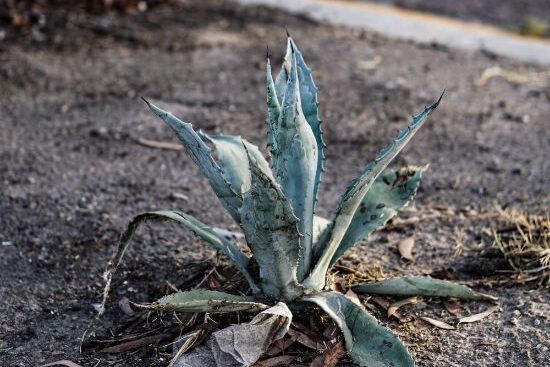
This is yet another justification for always watering aloe vera plants from the bottom up rather than the top. The roots will always be watered if you water from the bottom up.
You Might Also Like: How to Cut An Aloe Vera Plant Without Killing It?
Factors That Determine How Often You Should Water Your Aloe Plant
While you might think that all Aloe Vera plants require the same amount of watering, there are actually a number of variables that can affect how much water your plant needs.
For one thing, aloe plants are grown in dry environments typically require more frequent watering than aloe plants grown in humid environments. This is because the dry air will actually draw moisture from the soil more quickly.
Light Intensity
The amount of light your plant receives does dictate how much and how often you water. Aloes grown in areas with low light or shade will require less water than aloes grown in bright, indirect light. Water requirements rise as photosynthesis increases with light levels.
Temperature
The amount and frequency of watering your aloe plant will depend on the indoor temperature. The plant will require more frequent watering if the temperature is higher. Whereas cooler air temperatures will require less frequent watering.
Summertime outdoor temperatures and sunlight radiance will both be higher than indoor levels if you leave your aloe outside. In these circumstances, you should check on your aloe more frequently to see if it needs watering.
Type of Soil
Desert-adapted plants are aloe. They are accustomed to well-draining, sandy soils. A commercial blend of cacti and succulents is available from garden supply stores. or prepare your own soilless mixture.
The typical proportions for the cactus mix are 1/3 compost or other organic material and 2/3 of a mixture of inorganic materials like sand, pumice, and perlite. Maintaining a higher percentage of inorganic components expands the soil’s pore space. This improves drainage and reduces the likelihood of water logging.
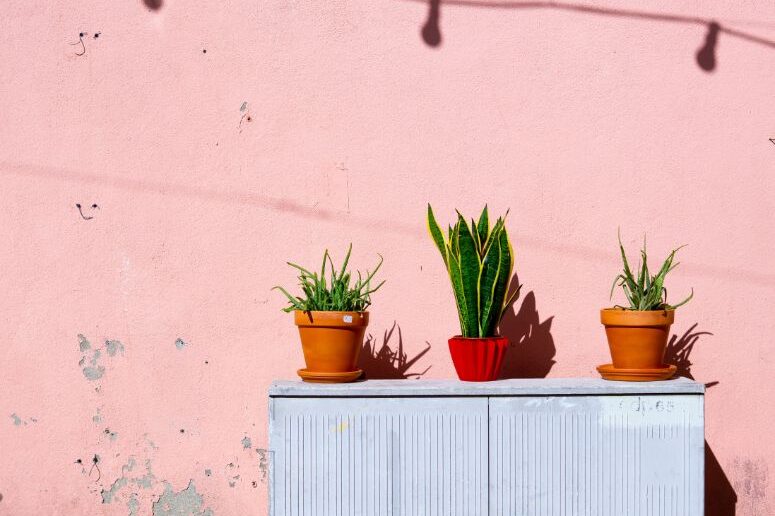
Container
The container that your aloe is potted in will also affect how much water it needs. The soil will dry out more quickly in unglazed clay and terracotta than in plastic pots. Drainage holes are essential for any succulent. See What Is The Best Pot For Aloe Plant?
Although there are holes that let extra water drain away, overwatering must be avoided because of that drainage. One of the most frequent errors made by new Aloe growers is overwatering, and plants that are left in saturated soil for an extended period of time risk developing root rot and dying.
Dormancy
Plants go through a period of rest known as dormancy as a means of self-preservation. Due to the harsh winter cold that would kill a healthy plant, the majority of outdoor plants hibernate during the winter.
Aloe, however, is somewhat unique. Even as a houseplant, as the summer months approach, Aloe vera can go dormant. This is due to the aloe’s inability to tolerate its natural environment’s summertime light intensity and temperatures in the desert.
When there is little to no rainfall, aloe enters a dormant state to survive. The quantity of water required by the plant is significantly reduced because it is dormant and not producing food.
As fall draws near, temperatures drop, and rain may start to fall more frequently. Resuming active growth, the aloe will emerge from dormancy.
It is simple to overwater your aloe plant when it is dormant. The plant doesn’t require as much watering because it is resting and not photosynthesizing. Be sure to look for active growth such as new leaf formation or even flowers as signs of dormancy breaking. Check your aloe soil once more to see if it needs watering once you see the new growth.
When to Water Aloe Plants?
Let’s move on to how frequently to water Aloe now that you’ve hopefully gained an understanding of the risks associated with keeping your plant too wet.
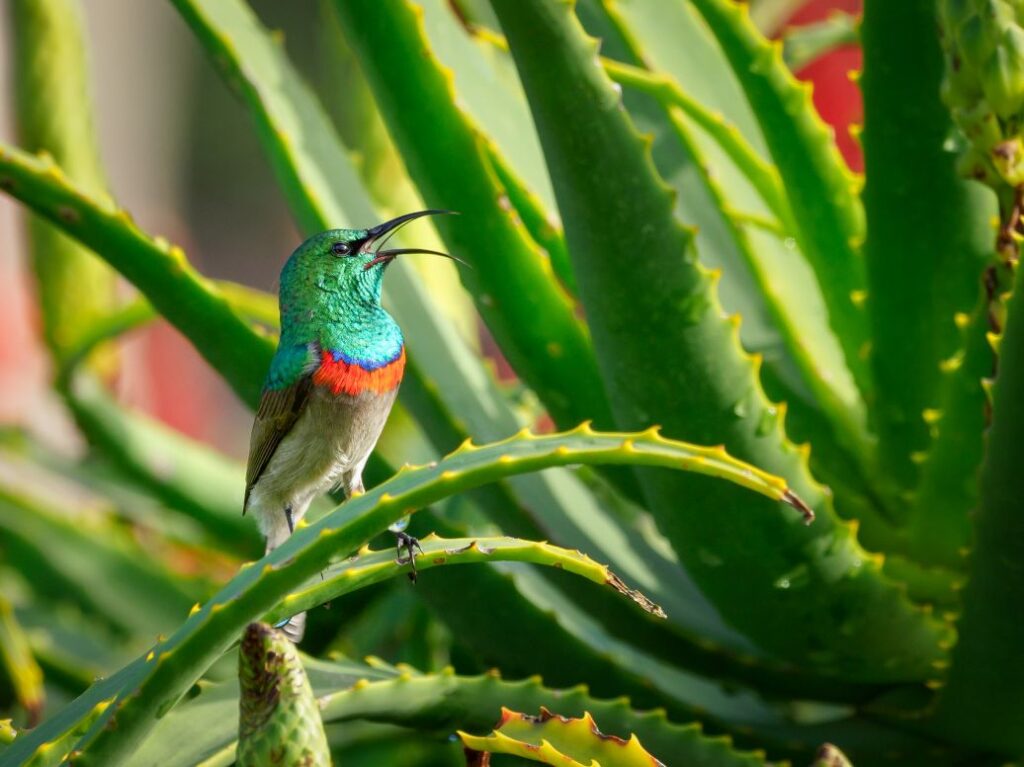
The natural habitat of this plant is in the dry savannahs of Southern and Eastern Africa (Cousins & Witkowski, 2012), but it does prefer moisture. Balance is ultimately everything,
Any type of plant should be watered according to its needs, which vary depending on the environment, season, soil type, light, and other factors. To make up for it, here are some guidelines that should help you determine when to soak your aloe.
- You’ll need to water your plant more frequently in the warm, summer months than you would in the cold, dormant winter months.
- In actuality, this means that you can allow the soil to completely dry out in the winter and about halfway through the summer.
- Simply insert your finger there to determine how moist or dry the soil is. If you don’t want dirt under your nails, you could also use a chopstick. Give your plant a drink if you don’t feel any moisture.
- The weight of the planter can also be felt by raising it. If the planter is light, there is time to water it; however, if it is heavy, there is more time to water it.
- In actuality, you should water your aloe about every 1-2 weeks in the summer and every 3-4 weeks in the winter if it is on a bright windowsill and receiving plenty of light.
- Things might be a little different if you keep your aloe outdoors. Keep a closer eye on the plant just in case, as potted plants can dry out very quickly on a hot day.
Tip: Aloe submerged in water will look wrinkled and a little bit shriveled. On the other hand, a waterlogged one might become limp and soft.
How Do I Know If My Aloe Vera Plant is Healthy?
The secret to keeping an aloe vera plant healthy is knowing how frequently to water it. Looking at the aloe vera leaf is the best way to determine the health of your aloe vera plant. The plant is not doing well if its leaves have turned brown or wilted. If the leaves are thin and curling, your aloe vera is probably also not healthy.
It’s also crucial to take the leaves’ growth direction into account. The foliage of healthy aloe veras should incline upward. Insufficient sunlight is most likely the cause of your plant’s flat-looking leaves.
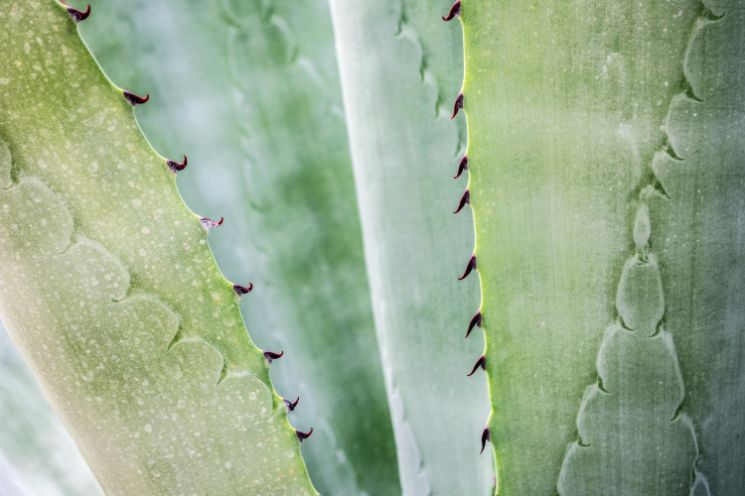
In addition to the leaves, the roots can also reveal the health of your plant. White and tan roots are healthy roots. They should be white if you can see the root tips.
Your aloe vera is not healthy and could die if the roots appear to be mushy, crumbly, and black or brown. The presence of soft roots is frequently an indication that your plant is also deteriorating over time.
Remember that inadequate watering is the main reason an aloe vera plant is unhealthy. So try your best to learn how to water aloe veras properly.
FAQs
How Often Should I Water My Aloe Vera Plant in Winter?
All plants enter a dormant state during the winter. Plants use less water when they are in this condition. Watering once every two to three weeks may therefore be excessive. Just give your aloe vera a monthly drink to be safe.
How Often to Water Aloe Vera in Summer?
Throughout the year, aloe veras have various watering needs. Aloe vera plants grown indoors need to be watered about every two weeks during the summer. But occasionally during the summer, the sun is too strong and direct.
The rate of evaporation increases as a result. If so, you might need to water your aloe vera once a week. When your plant’s potting soil is exceptionally well-draining and well-aerated, you might need to water it twice a week.
Do Aloe Plants Need Direct Sunlight?
It is critical that you place your aloe in a window where it will receive a minimum of six hours of sunlight per day. Your succulent will start to stretch and lose its attractive, compact form in the absence of long, direct light. As the stem gets weaker, it could topple over.
How Do I Know If I’m Overwatering My Aloe?
You’ll know your aloe plant is being overwatered when the leaves develop what are called water-soaked spots that look soggy and soft. The leaf almost seems to become completely saturated with water before turning to mush.
How Do I Know If My Aloe Plant Needs Water?
Deflated, wrinkly, or droopy aloe leaves mean the plant is having to tap its own moisture to survive a period of drought. Aloe is adapted to this, but too little water will start to stress the plant. yellowing. Yellow leaves on your aloe are a sign of trouble.
Do Aloe Plants Need Direct Sunlight?
It is critical that you place your aloe in a window where it will receive a minimum of six hours of sunlight per day. Your succulent will start to stretch and lose its attractive, compact form in the absence of prolonged, direct light. As the stem gets weaker, it could topple over.
Do You Water Aloe Vera from Top Or Bottom?
Watering aloe vera plants: top or bottom? Water your aloe vera plant from the bottom so water can reach the roots, pouring slowly yet consistently. Continue moving forward if the water hasn’t already started to drain through the plant’s drainage holes.
Final Thoughts: Buy An Aloe Vera Today
Again, great information, but how much water does my aloe need? As you can see, a lot of things go into determining the precise quantity of water and how frequently to give your plant a good, solid drink.
The most crucial thing to keep in mind about aloes and other succulents is that they dislike getting a little bit of water frequently. They prefer to get a good soak, followed by being left alone until the soil has dried.
Please feel free to leave a comment below if you have any additional queries regarding how frequently to water Aloe or if you’d like to discuss your own experiences with this well-known succulent.

